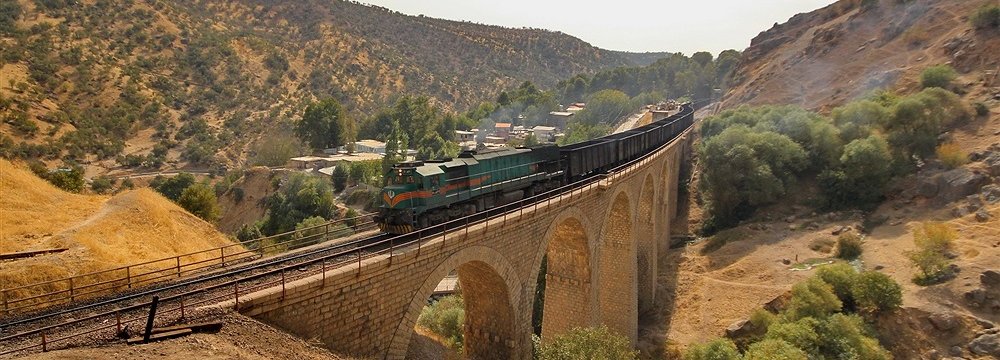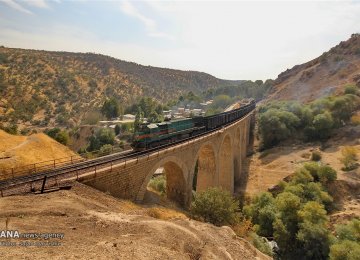A province in western Iran mostly enveloped by the Zagros Mountains, Lorestan is one of the oldest places not only in Iran but the whole world.
Archaeological excavations have proven it to be one of the earliest human habitats and Lorestan bronze (Mefragh) is world famous. Given its historical significance, it is the only province to which one complete section of the four wings of the Iran National Museum is allocated. The other three areas are dedicated to the pre-historic era, Islamic era, and seals and coins.
Lorestan has among the highest amounts of precipitation. Climatically, the province can be divided into three parts: the mountainous regions, such as Boroujerd, Doroud, Azna, Nourabad and Alishtar experience cold winters and moderate summers. In the central region, spring begins from mid-February and lasts till mid-May. Khorramabad is in this region. However, southern areas such as Pol-e Dokhtar and Papi are in the path of the warm air currents of Khuzestan and have hot summers and relatively mild winters.
The highest point of the province is the Oshtoran Kooh peak at 4,050m. The low-lying areas being in the southernmost sector of the province are approximately 500m above sea level.
Khorramabad
The capital of Lorestan Province, Khorramabad, was and remains one of the most important cities in western Iran. The ancient city of Khaydalu was at the core of where the modern city of Khorramabad sits today, since the time of the Elam civilization. Shapurkhast, the ancient city of Khorramabad, was built on its ruins by the order of Shapur II, the tenth Sassanid king. Falak-ol Aflak is the symbol of the city remaining from that period.
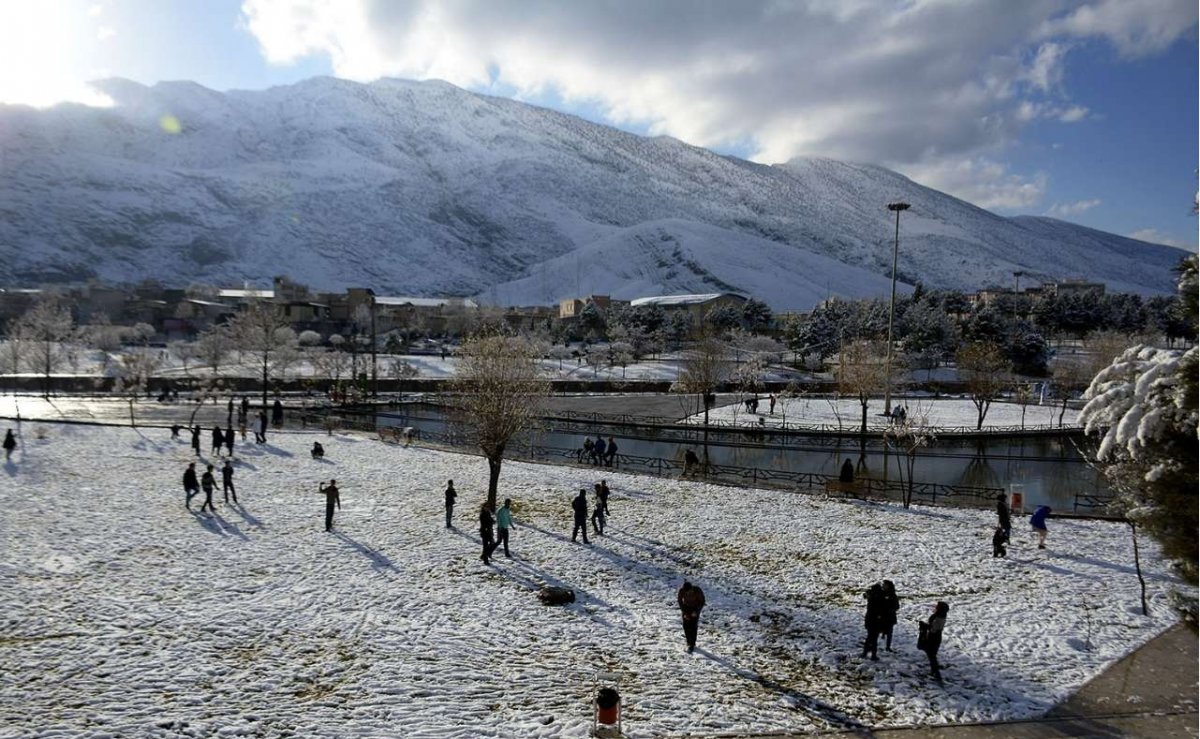
The city is now located on Freeway 5 which is a freeway connecting Tehran and Bandar Imam and is part of North-South corridor which gives it a great connection and strategic significance.
The city population is predominantly Lur and Lak, although the two ethnicities are closely related. It has a temperate climate with heavy rainfall particularly in spring and winter which leaves the city with considerable underground water resources and numerous springs.
Khorramabad has many natural and historical attractions that make it a perfect place for travelers.
Falak-ol Aflak Castle
On a stone hill dominating the city of Khorramabad, and near Khorram Rud River (or Khorramabad River), stands the Falak-ol Aflak castle (meaning Heaven of Heavens). The structure which is also known by other names such as the twelve tower castle, Shapurkhast fort, and Atabakan Palace, was built around 1800 years ago and has been considered the symbol of Khorramabad through the ages.
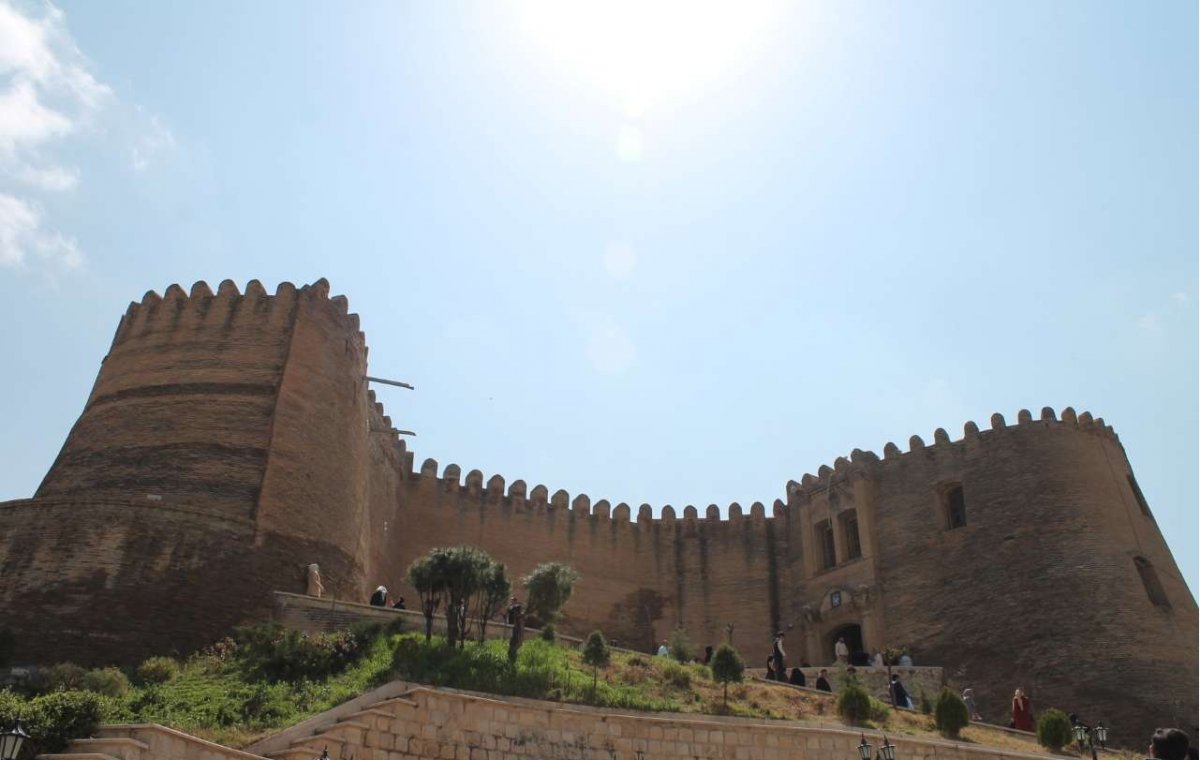
The foundations of the actual castle measure approximately 300 by 400 meters (980 ft × 1,310 ft). The height of the entire structure, including the hill, reaches to 40 meters above the surrounding area. The castle itself covers an area of 5,300 square meters (57,000 sq ft).
Falak-ol Aflak Castle remarkably appears to have been built with an ancient dehumidifier system.
Previously, the experts believed that the greater than 1 meter high canals, covering the entire area beneath the castle were hide-outs for the residents. But compelling evidence now suggests that to protect the castle against a changing climate and the underground waters, the Sassanid engineers equipped it with dehumidifiers.
Falak-ol Aflak castle is made of materials like stone and wood that are vulnerable to humidity. This is why the castle was built on the highest point of the city of Khorramabad so that the wind could penetrate the building and dry its foundations.
The castle has been converted into an anthropological museum showcasing evidence of the history, culture, and lifestyle of the people residing in that area.
Gerdab-e Sangi
Gerdab-e Sangi (meaning stone whirlpool), locally called Gerdaw-e Bardineh, is a cylindrical construction made of stone and ‘Saruj’ – a mixed mortar made of clay with quicklime. Encircling several springs, the edifice sits near the prehistoric Qomri Cave.
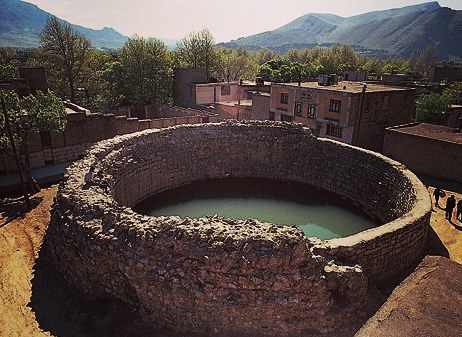
Its three different-sized outlets were designed to manage the water coming from the springs and supply the ancient city of Shapurkhast with drinking water. The construction was once used for rationing and distributing potable and agricultural water among the local population and farmers.
It also used to run the water-mills, remnants of which can be seen in the vicinity of the valley of Khorramabad, and the location of the ancient city of Shapurkhast.
The structure has a diameter of 18 meters and it rises to 10.3 meters above the springs underneath.
The architectural style and the materials used in its construction show that the building dates back to the Sassanid period. It is now located in the center of the city but within the old fabric of the ancient city.
Gerdab Sangi was registered on the National Heritage List in 1976.
Bisheh Waterfall
Down the Bisheh train station on the North-South railroad near Khorramabad, Lorestan Province, lies Bisheh waterfall. With a height of about 48 meters from the top to where it reaches the ground, Bisheh is undisputedly one of the most spectacular waterfalls in Iran.
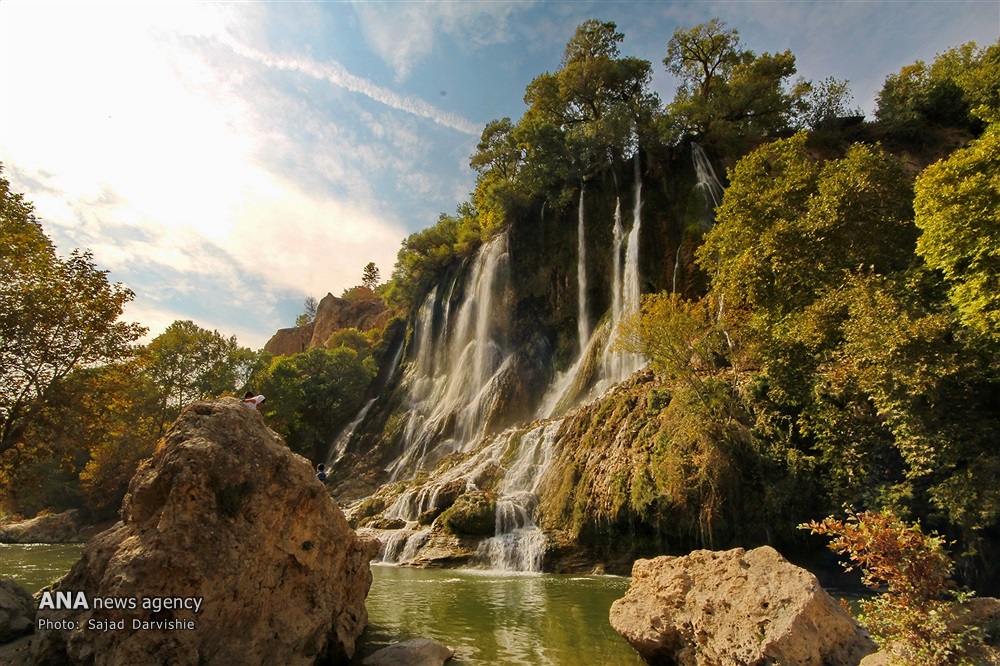
It is 20 meters wide on the top and 10 meters long before it joins the Sezar River. The waterfall itself consists of several fountains which creates a magnificent image before the eyes of any traveler.
Vast oak forests surround the Bisheh village and the train station and complete the scenery. Along the waterfall and the station, resting places and gazebos have been constructed for the visitors who have come to spend a day in the pleasant weather of the region. There are also lodges for overnight stays.
Within 65 km from Khorramabad, Bisheh Waterfall can be reached through an asphalt road from the city. It was the 48th element to be inscribed on the list of Iran natural heritage in 2008.


